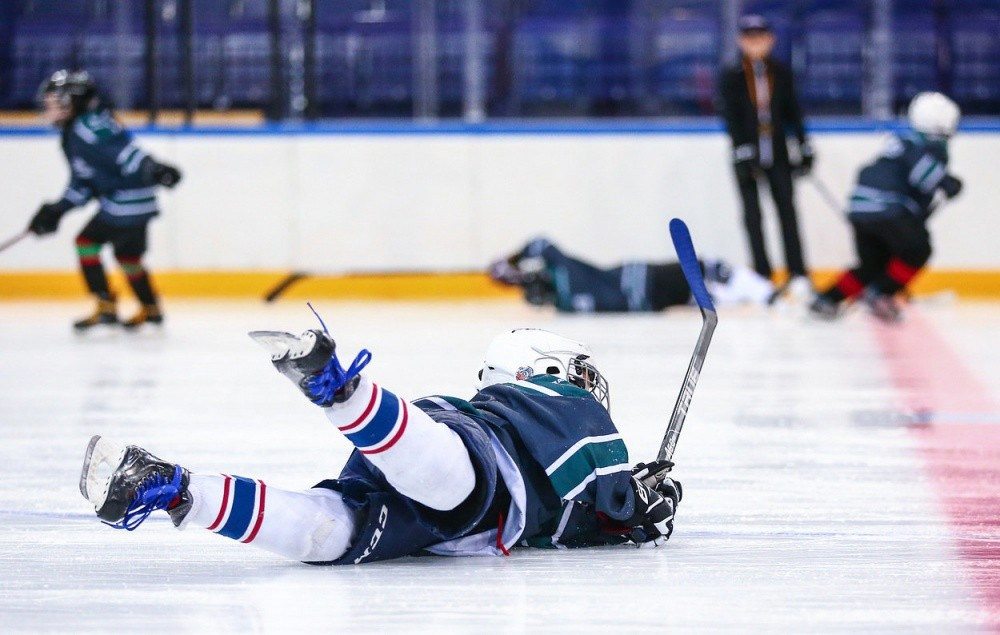
Hockey Muscle strains
Hockey players are prone to muscle strains due to the high-intensity, physically demanding nature of the sport. Some common muscles that can be strained in hockey players include the groin muscles, hip flexors, hamstrings, quadriceps, and calf muscles.
Muscle strains occur when the muscle fibers are stretched beyond their limits or torn. This can happen as a result of sudden movements or excessive force being applied to the muscle. Hockey players may experience muscle strains from sudden starts, stops, or changes in direction, or from collisions with other players or the boards.
Symptoms of a muscle strain can include pain, swelling, bruising, and stiffness. Treatment for muscle strains typically involves rest, ice, compression, and elevation (RICE), as well as physical therapy and gradual return to activity. In some cases, surgery may be necessary to repair a severe muscle strain.
To prevent muscle strains in hockey players, it’s important to engage in proper warm-up and stretching exercises before games and practices, as well as maintain proper conditioning and strength training. Additionally, players should wear appropriate protective equipment, such as helmets, pads, and mouthguards, to minimize the risk of injury.